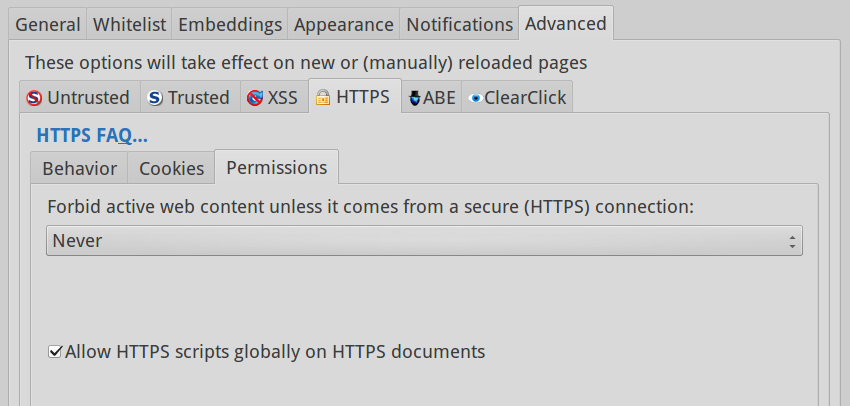
Such data collection practices are typically benign.
Info on automated processes like safe browsing modes. Such information is telemetry data, and browsers automatically collect it during your sessions. Most of the practices are harmless, like determining the average page load time. When it comes to browsers, they have the potential to retrieve a lot. Sometimes, it relates to diagnostic data, which helps identify repetitive issues or bugs. However, certain transmissions stand close to the definition of privacy intrusion.īack-end data transmissions: what is that?Īll programs you use send data to their servers. Not all such activities constitute harmful or invasive behavior. In other words, what user data gets delivered to the back-end servers. It is essential to learn about data exchanges during general web browsing. Incognito mode or its equivalent is an advantage, although it might not achieve the advertised result. Has the browser gone under fire for implementing or supporting unsavory monitoring? Also, how stable is its operation and whether it has many reported vulnerabilities. Also, whether these options are active by default, or users need to enable them manually. The availability of mechanisms meant for blocking phishing sites, trackers, or other invasive practices. Thus, they are likely to integrate support for the services they provide. Most browsers belong to companies that also supply online services accessed via a browser. When it comes to choosing the right browser for your privacy, it is essential to establish criteria: However, we largely confide in browsers without examining their internal operations. Nowadays, you have a wide selection of programs ready to serve you. It fetches and renders information to display it neatly on your screen. 
This article aims to review the most popular browsers and challenge their internal procedures.īrowsers can take you anywhere on the internet.

However, these defense systems hold value only if the program itself is trustworthy. Undoubtedly, protection against external threats is critical, and we treat malware-blocking capabilities as a bonus. Thus, they should supply the building blocks used to construct barriers against things like device fingerprinting. What are the qualifications for a privacy-focused browser? Mainly, users assume such programs are capable of fending off intrusive practices that threaten them.






 0 kommentar(er)
0 kommentar(er)
